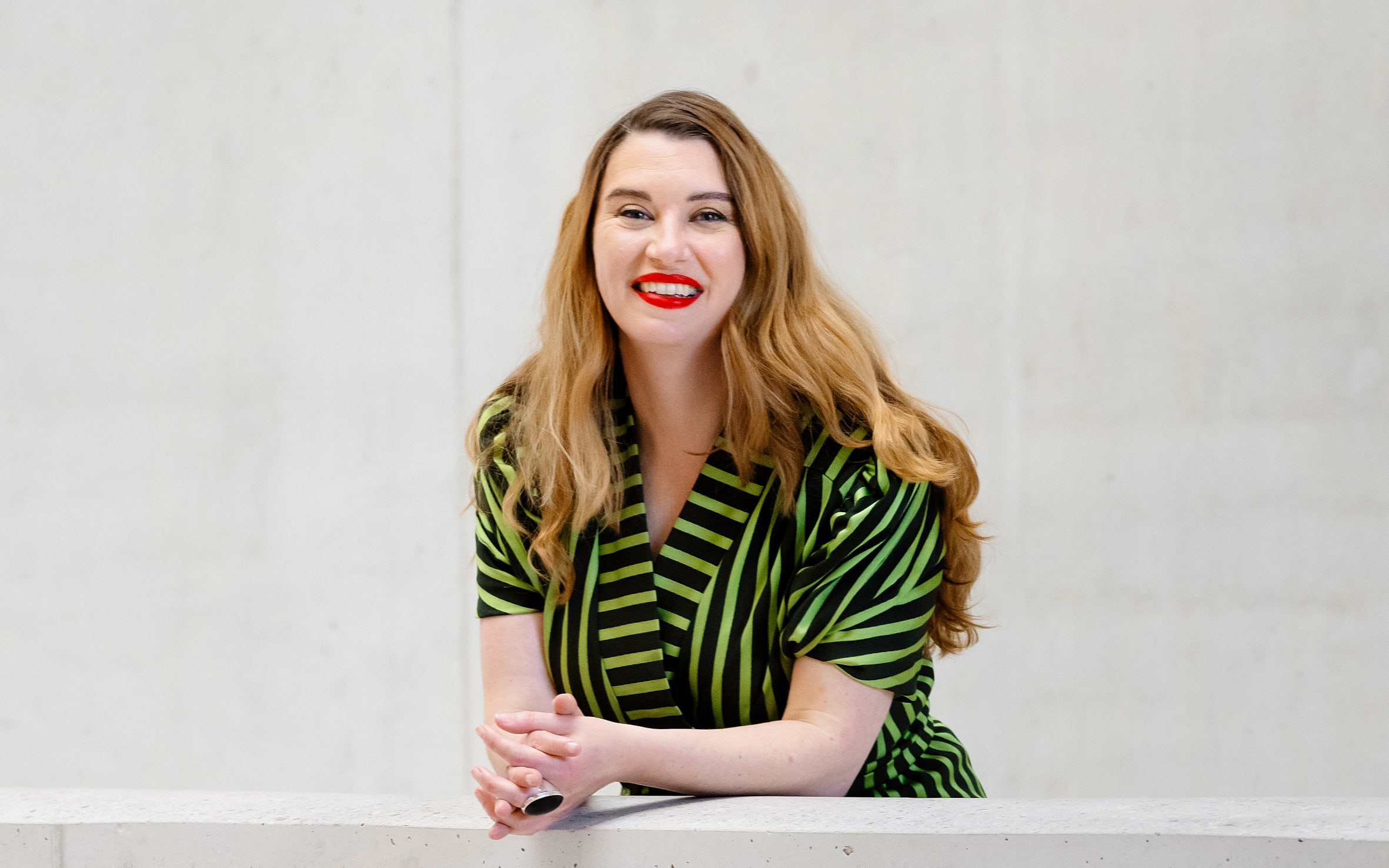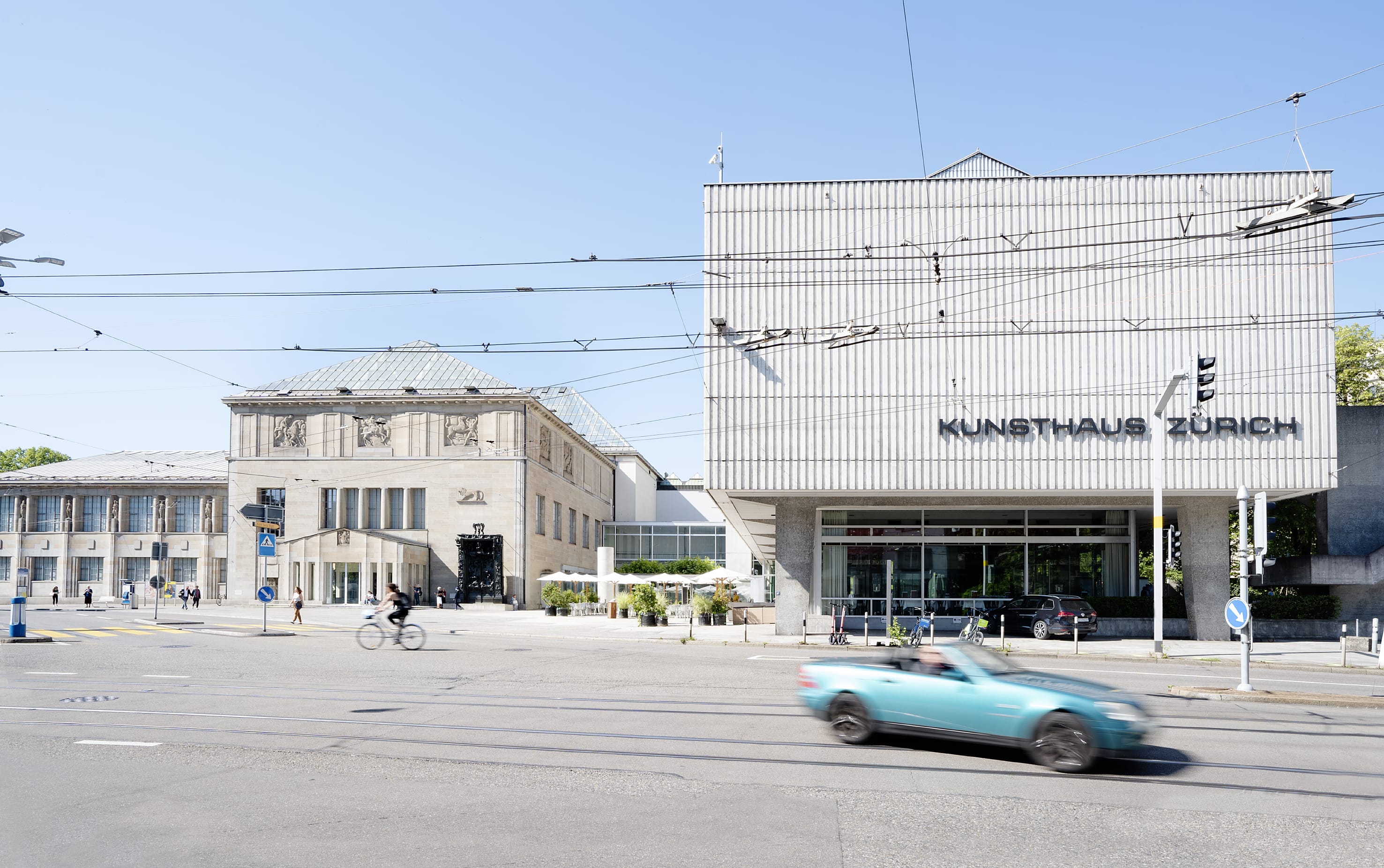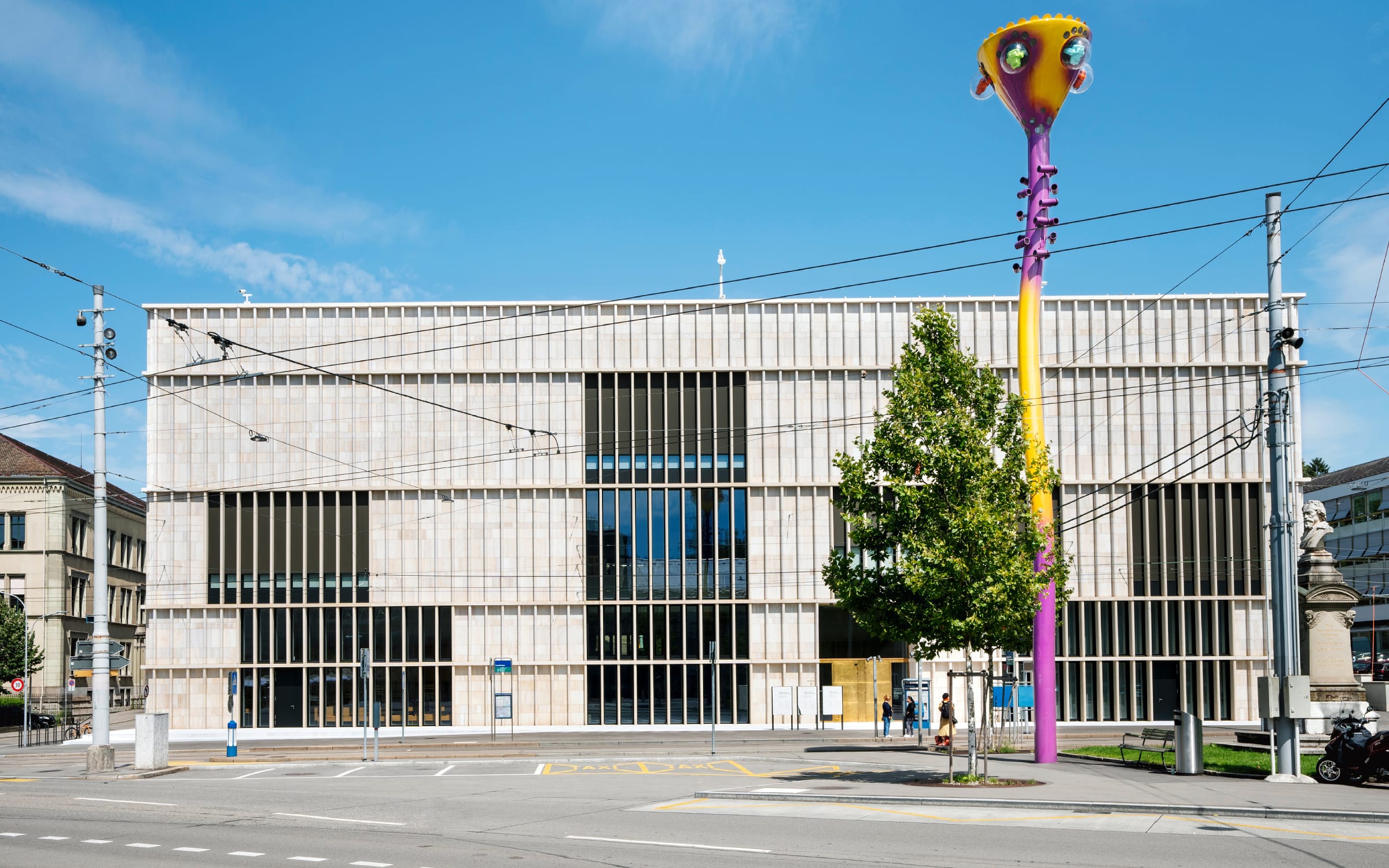 Ann Demeester, Director Kunsthaus Zürich, October 2022. Photography by Franca Candrian. Courtesy of Kunsthaus Zürich. © Franca Candrian, Kunsthaus Zürich
Ann Demeester, Director Kunsthaus Zürich, October 2022. Photography by Franca Candrian. Courtesy of Kunsthaus Zürich. © Franca Candrian, Kunsthaus Zürich Kunsthaus Zürich, Moser and Pfister buildings. Photography by Franca Candrian. Courtesy of Kunsthaus Zürich. © Franca Candrian, Kunsthaus Zürich
Kunsthaus Zürich, Moser and Pfister buildings. Photography by Franca Candrian. Courtesy of Kunsthaus Zürich. © Franca Candrian, Kunsthaus Zürich Kunsthaus Zürich, Chipperfield building. Photography by Franca Candrian. Courtesy of Kunsthaus Zürich. © Franca Candrian, Kunsthaus Zürich
Kunsthaus Zürich, Chipperfield building. Photography by Franca Candrian. Courtesy of Kunsthaus Zürich. © Franca Candrian, Kunsthaus Zürich Kunsthaus Zürich, Pop Art and Contemporary art. Photography by Franca Candrian. Courtesy of Kunsthaus Zürich. © Franca Candrian, Kunsthaus Zürich; © Abraham Cruzvillegas; © The Andy Warhol Foundation for the Visual Arts, Inc. / 2023, ProLitteris, Zurich; © Estate of Roy Lichtenstein / 2023, ProLitteris, Zurich; © The Estate of Sigmar Polke, Cologne / 2023, ProLitteris, Zurich
Kunsthaus Zürich, Pop Art and Contemporary art. Photography by Franca Candrian. Courtesy of Kunsthaus Zürich. © Franca Candrian, Kunsthaus Zürich; © Abraham Cruzvillegas; © The Andy Warhol Foundation for the Visual Arts, Inc. / 2023, ProLitteris, Zurich; © Estate of Roy Lichtenstein / 2023, ProLitteris, Zurich; © The Estate of Sigmar Polke, Cologne / 2023, ProLitteris, Zurich






